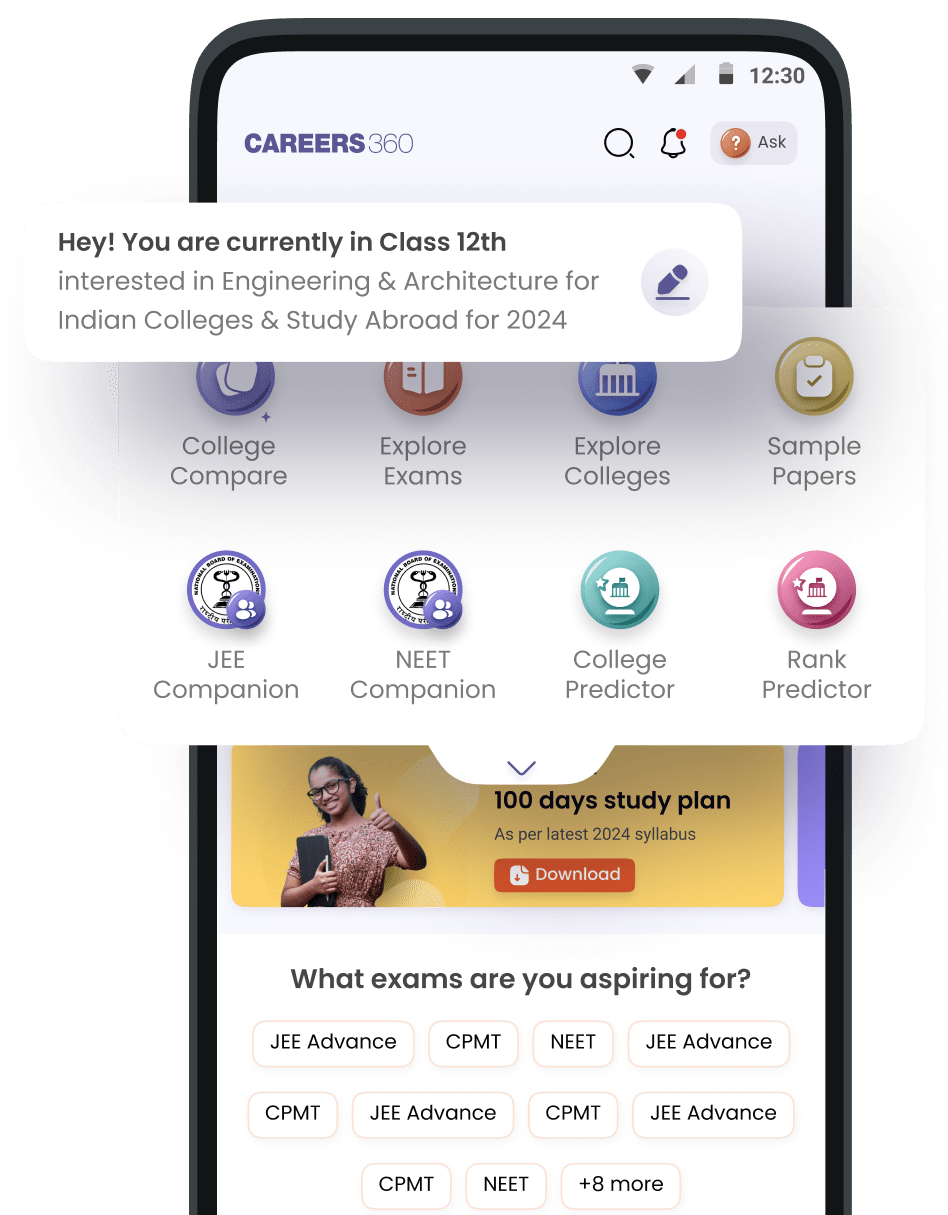Please tell me something about Mass com and it's Colleges.
Hello Aspirant.
Mass communication is the study of how people exchange their information through mass media to large segments of the population at the same time with an amazing speed. In other words, mass communication refers to imparting and exchanging information on a large scale to a wide range of people. It is usually understood for relating newspaper, magazine, and bookpublishing, as well as radio, television and film, even via internet as these mediums are used for disseminating information, news and advertising. Mass communication differs from the studies of other forms of communication, such as interpersonal communication or organizational communication, in that it focuses on a single source transmitting information to a large number of receivers. The study of mass communication is chiefly concerned with how the content of mass communication persuades or otherwise affects the behavior, the attitude, opinion, or emotion of the person or people receiving the information.
Normally, transmission of messages to many persons at a time is called mass communication. But in complete sense, mass communication can be defined as the process through which a message is circulated extensively among people nearby and also throughout far extending areas such as entire countries or the globe.
TYPES OF MASS COMMUNICATION: -
1 ADVERTISING: -
Advertising, in relation to mass communication, is marketing a product or service in a persuasive manner that encourages the audience to buy the product or use the service. Because advertising generally takes place through some form of mass media, such as television, studying the effects and methods of advertising is relevant to the study of mass communication. Advertising is the paid, impersonal, one-way marketing of persuasive information from a sponsor. Through mass communication channels, the sponsor promotes the adoption of goods, services or ideas. Advertisers have full control of the message being sent to their audience.
2- JOURNALISM: -
Journalism, is the collection, verification, presentation, and editing of news for presentation through the media, in this sense, refers to the study of the product and production of news. The study of journalism involves looking at how news is produced, and how it is disseminated to the public through mass media outlets such as newspapers, news channel, radio station, television station, and more recently, e-readers and smartphones. The information provided pertains to current events, trends, issues, and people.
.ALTERNATIVE JOURNALISM deals more with objective reporting. It deviates from traditional and accepted sorts of media in ways of content, manufacture, and supply. Alternative Journalism conveys many structures of audio, internet, print, radio, etc. In addition to this, Alternative Journalism alludes to several methods of web-based sources of analytical news and radical news in the form of online news or a blog.
.PUBLIC JOURNALISM, also referred to as civic journalism, mainly deals with the means of fusing journalism into the area of a democratic operation. The media tries in making sure to notify the public as much as possible while also making sure to absorb and engross the Public, making a full effort to attract the public.
.CITIZEN JOURNALISM all based upon the public through their citizenship. It’s where public citizens play a primary role through the operation of accumulating, detailing, and examining certain types of information found in news. Citizen Journalism is a notion among public citizens playing their significant roles in circulating information in news. All there is to citizen journalism is that is deals with the distributing of news by affiliates of the public utilizing the internet to proliferate that information in news.
3-PUBLIC RELATIONS: -
Public relations is the process of providing information to the public in order to present a specific view of a product or organization. Public relations differs from advertising in that it is less obtrusive, and aimed at providing a more comprehensive opinion to a large audience in order to shape public opinion. Unlike advertising, public relations professionals only have control until the message is related to media gatekeepers who decide where to pass the information on to the audience.
4-SOCIAL MEDIA: -
Social media, in its modern use, refers to platforms used on both mobile devices and home computers that allow users to interact through the use of words, images, sounds, and video.[4] Social media includes popular sites such as Facebook and Instagram, as well as sites that can aid in business networking such as LinkedIn.The use and importance of social media in communications and public relations has grown drastically throughout the years and is now a staple in advertisements to mass audiences. For many newer companies and businesses geared towards young people social media is a tool for advertising purposes and growing the brand. Social Media provides additional ways to connect and reach out to ones targeted audience.
5-AUDIO MEDIA: -
RECORDING MUSIC, Recordings, developed in the 1870s, became the first non-print form of mass communication. The invention of the phonograph by Thomas Edison in the late 19th century, the graphophone by Alexander Graham Bell and Charles Tainter, and the gramophone by The Victor Talking Machine Company were the first competing mass media forms that brought recorded music to the masses.[4] Recording changed again in the 1950’s with the invention of the LP (long play) vinyl record, then eight track-tapes, followed by vinyl, and cassettes in 1965. Compact discs (CDs) followed and were seen as the biggest invention in recorded arts since Edison.
RADIO, Radio is considered the most widely accessible form of mass communication in the world and the medium used to greatest degree in the United States.
6-CONVERGENCE
Convergence refers to the coming together of telecommunications as forms of mass communication in a digital media environment. There is no clear definition of Convergence and its effects. However, it can be viewed through three lenses: technological convergence, cultural convergence, and economic convergence. Technological convergence is the action of two or more media companies merging in a digital platform and can lead companies to develop new commodities or become part of new sectors and/or economies. Cultural convergence deals with the blending of different beliefs, values, and traditions between groups of people and may occur through the globalization of content. A study on the consumption of YouTube, conducted by the Information Technology Department and Sociology Department at Cornell University, concluded that cultural convergence occurs more frequently in advanced cosmopolitan areas
TOP COLLEGES OF MASS COMMUNICATION IN INDIA: -
Asian College of Journalism - [ACJ]
Indian Institute of Mass Communication - [IIMC]
Bennett University
Xavier Institute of Communications - [XIC]
Deviprasad Goenka Management College of Media Studies - [DGMC]
Indian Institute of Journalism and New Media - [IIJNM]
Madras Christian College - [MCC]
Manorama School of Communication - [MASCOM]
St. Xavier's College
Film and Television Institute of India - [FTII]
Sophia College for Women
Times School of Journalism- [TSJ]
Delhi College of Arts and Commerce - [DCAC]
Apeejay Institute of Mass Communication - [AIMC]
Kishinchand Chellaram College - [KC College] Churchgate
Amity School of Communication - [ASCO]
Chitkara University - [CU]
Vivekananda Institute of Professional Studies - [VIPS]
I hope my answer will help you, all the best.
Hey.
Mass Communication is a good course with a vast scope in various areas like TV, Journalism, Public Relations, Publishing etc. Here is a list of various top colleges for pursuing Mass communication and Journalism in India
Indian Institute of Mass Communication, Delhi.
Xavier's Institute of Communication, Mumbai
Asian college of Journalism Chennai
Lady Shri Ram College, Delhi
Christ University, Bangalore.
Delhi College of Arts & Commerce, New Delhi
. Indraprastha College for Women, New Delh
i. K.C. College of Arts, Science and Commerce, Mumbai.
Kamala Nehru College for Women, Delhi.
Madras Christian College, Chennai.
Symbiosis Institute of Mass communication.
Best of luck

















